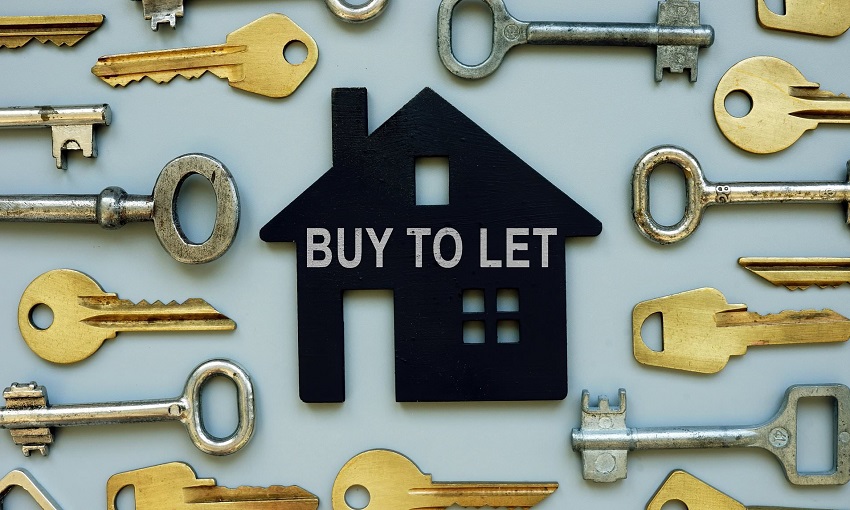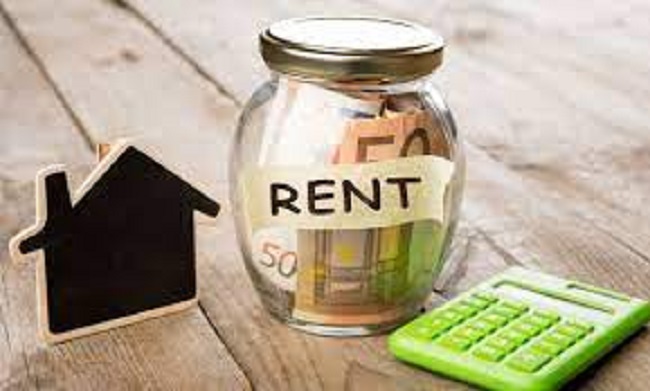Many landlords are asking this question due to the changes in mortgage interest relief and the surcharge on stamp duty for second homes. Despite the challenges and the hit to profits, is it still worth purchasing a property for buy-to-let?
Are you thinking of buying a buy-to-let property for the first time? If so, you may need to speak to someone about conveyancing Rugby or elsewhere in the UK. Firms such as Sam Conveyancing can guide you through the process

How has buy to let changed?
Due to the slowdown in property price growth following recent events, buy-to-let is regarded by many as a riskier option than in the past. The changes to stamp duty have also increased pressure on landlords. In 2016 there was a 3% surcharge in stamp duty on additional properties, which include second homes and buy-to-let properties. Furthermore, since 2017, there has been a reduction in mortgage interest relief. Landlords used to be able to deduct the interest they pay on their mortgage from their taxable income, reducing their overall tax burden. Now landlords will be given flat rate tax credit. This is based on 20% of their mortgage interest, whereas it used to, in effect, give higher rate taxpayers 40% relief on their mortgage costs.
Basic rate taxpayers won’t be affected negatively by this change, but higher or top rate taxpayers will be left facing a larger tax bill.
Is buy to let still worthwhile?
Advantages
– Rental yield is as high as 8% in locations such as Liverpool, Glasgow and Leicester, which indicates there are still good returns to be made from a rental property, although 3% may be considered a more typical yield.
– Capital growth is almost certain as your property value increases.
– Insurance is available to cover against the risk of loss of rental income, damage and legal costs.

Disadvantages
– Your tax bill will now be higher depending on your tax bracket.
– There is the risk that you won’t generate income if the property is unoccupied.
– If property prices fall, your capital will also reduce, and with interest only mortgages, any shortfall will still need to be covered if the property ends up selling for less than you paid for it
– The costs of stamp duty, insurance and wear and tear can be significant
How to get started
Step 1 -Speak to a financial adviser to determine how much money you should be investing and the kind of returns you can expect. A mortgage broker will also help you get the best deal on your buy-to-let mortgage.
Step 2 – Search for appropriate properties, make an offer and get it accepted. This may be faster than buying a home, particularly if the property is already a rental with no associated chain.
Step 3 – Take out insurance – alongside buildings insurance, you will need to protect against unexpected costs, including injuries to tenants, damage and loss of rent.
Step 4 – Find your tenants. You can go through an agency or find your tenants privately, depending on how involved you want to be.
Step 5 – Be prepared to be hands-on. You will want to review your mortgage when your current agreement ends and continue to carry out any necessary repairs on the property.
